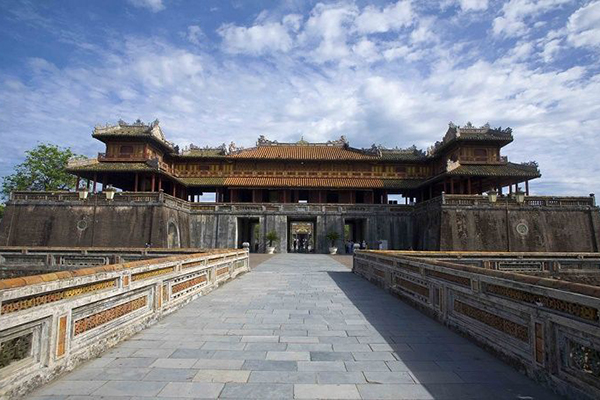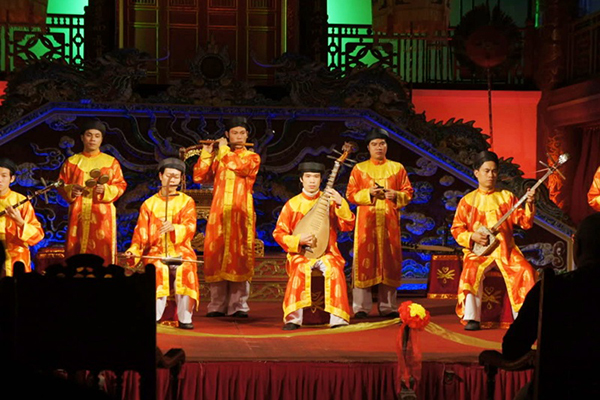According to Hue Monuments Conservation Centre, in 2017, about nine important historical sites in the complex of Hue Monuments will be conserved and restored.
These relics’re included Ngo Mon (Noon Gate), Tho Ninh Palace, Bi Dinh (Stele Pavilion) at Tomb of King Tu Duc, the worship and tomb areas at Tomb of King Tu Duc, the walls and gates of Tu Cam Thanh (Forbidden City), the areas of Ho Quyen, Nghinh Luong Dinh (Nghinh Luong Pavilion), Long Chau Temple, and the technical infrastructure at Hoang Thanh (Imperial Citadel).

Last year, 18 architectures were restored, including Duc Lang corridor, Thai Binh Lau (Royal Library), Thieu Phuong Garden, Phu Van Lau (Pavilion of Edicts), and the tombs of King Thieu Tri, King Dong Khanh and King Tu Duc.
Thanks to the conservation activities, over 2.5 million tourist arrivals came to Hue in 2016, rising by nearly 500,000 compared to 2015. Therein, there were over 1.4 million foreigners, up 15 percent in comparison with the last year.
In 2017, the leading resolution of the city is advertising the tour of “Hue – one destination, five heritages” in order to introduce five heritages in Hue recognized by UNESCO: Complex of Hue Monuments, Nha Nhac (court music), Woodblocks of Nguyen Dynasty, Royal Records of Nguyen Dynasty, and Literature on Hue royal architectures.

Besides, in the short-term time, a lot of Hue monuments will welcome visitors in the evening. These places are Ngo Mon (Noon Gate), Thai Hoa Palace (Supreme Harmony Palace), The Mieu (Ancestral Temple), Dien Tho Palace, Truong Sanh Palace, and Tu Phuong Vo Su Pavilion.


